BioDesign for BioRemediation
design research thesis



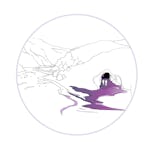










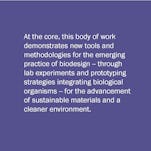

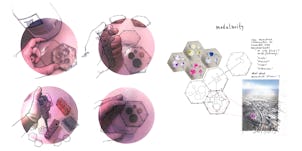
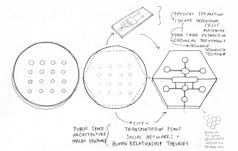

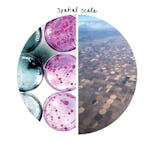









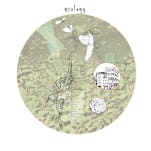

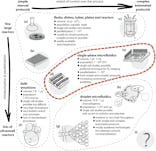



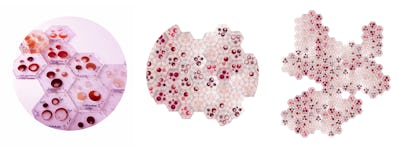









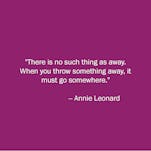
BioDesign for Bioremediation weaves the story of the transdisciplinary journey a designer makes in the field of biodesign. Converging speculative design with first-hand experience from experiments produced in UC Davis’s TEAM Molecular Prototyping BioInnovation Lab (MPBIL) Lab, I worked alongside and in collaboration with synthetic biologists, soil microbiologists, radical mycologists and feminist futurists.
-
I put new methodologies into practice to test possible opportunities for the growing field of biodesign with a focus on microbial communities and site specific interventions that remediate contaminated environments of toxic industrial pollution. The drawings and experiments are inspired by the meta question "How can I co-design a system with microorganisms that helps clean a contaminated environment?"
Over the course of a (very short) two year program, this question branched to more specific questions such as, "How can I observe how microbial communities interact and behave so that I may learn how to co-design with them?" and "How does form, pattern, texture, and their scale influence or guide the growth of microbial communities?"
-
The microorganisms available to practice preliminary investigations were chosen for being "extremophiles", microorganisms that live in extreme conditions, in order to be as relevant as possible to the question of how to enable or proliferate life in an extremely toxic environment. In future experiments, indigenous organisms of a contaminated site in question may be identified and used. In general, various species of archaea tend to be found to thrive in extremely toxic sites such as abandoned mines and acid mine tailing leakage. Archaea are single-cell organisms I researched for this very reason—to see if multi-species microbial colonies or communities could be an environmental remediation solution for extreme environments that other natural, bioremediating plants or fungi are unable to tolerate. Civil and environmental management industries already implement engineered bacteria for oil spill clean-up and nature also has its own ways of fixing man-made messes. But what about the more extreme situations? What can we do better, faster, or with emergent architectural systems in mind? What if a building's infrastructure could actively clean our urban, built environments when needed over time? What if it was made visible to the public in the form of public art to serve as the town's environmental health indicator? Imagine if...
-
For my two years at UC Davis, I chose haloarchaea, extreme salt-tolerant organisms also known as halophiles, to use in my design research due to their inherent exhibition of vibrant colors (reds, oranges, yellows, etc.). One goal was to create ways to observe and measure otherwise microscopic behaviors with the naked eye through preliminary visualization experiments and prototypes that housed these colorful microorganisms. Out of 250 available halophiles, I chose 10 for the specific color they have as well as they had all been previously confirmed to be able to grow in the same rich media from preexisting research data. The theory was that I would be able to observe behavior and various interactions inside of the controlled environment of the series of clear "halophile tiles" growth chambers based on the change of color in the interconnected tiles over time. I would be able to observe which halophiles were the most dominant, which ones co-existed in more distributed ways, and such on a scale larger than one petri dish. I designed a set of experiments that were to also test how varying shapes and dimensions of the growth chambers may or may not affect behaviors. Given my longterm vision to have microscopic, living or emergent matter proliferate at an architectural or landscape scale, designing tools and methods to observe, test, and prototype in scalable and modular ways was a critical aspect of this project. I initiated the first of three planned experiments with the plan for second and third to be informed by the predecessor. Unfortunately, this first halophile tile experiment was put on hold half-way through due to pandemic lab closure and its final results remain pending. While experiments remain on hold, the project moves forward in other ways through visual storytelling. More specifically, this portion of the work continues to be developed as speculative design eco-fiction graphic novel to become a published.
-
This project illustrates concepts for a plausible future using speculative design narrative to show converging science, design, and spatial ecology at differing scales matters for a nature-rich future.
My design research explores new methods, materials, and analytical devices, traditionally used in hard science and engineering disciplines, as design tools applied to the field and practice of biodesign. I envision integrating genomics and modular systems design with living organisms and emergent material to co-create in-situ structures that sequestor environmental pollution.